Ear Medical & Surgical Conditions Services in Castle Rock, CO
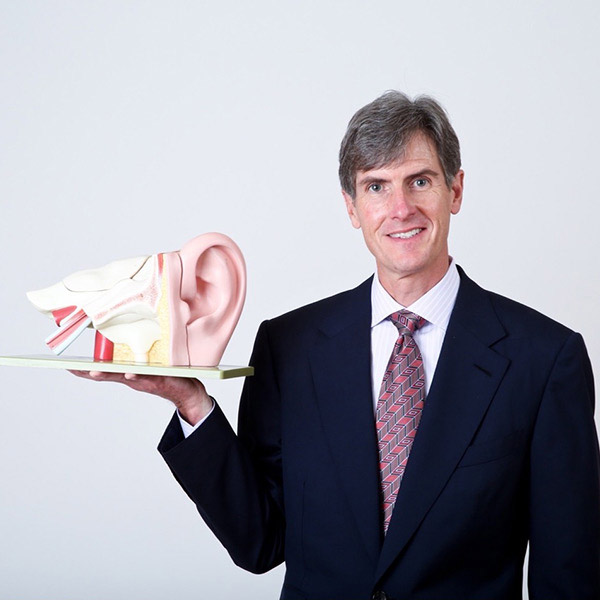
Medical & Surgical Conditions of the Ear
Joseph Hegarty, MD, is a fellowship-trained, board-certified Otologist/Neurotologist, a sub-specialty of Otolaryngology/ENT, who treats disorders of the ear, hearing and balance. He treats patients in every age group with conditions such as hearing loss, ear infections, ear ringing, dizziness and balance disorders, and benign skull base tumors.
Anatomy of the Ear
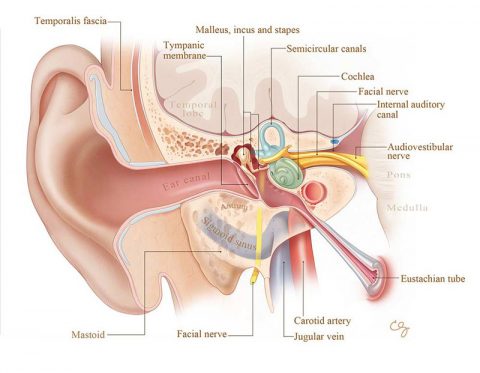
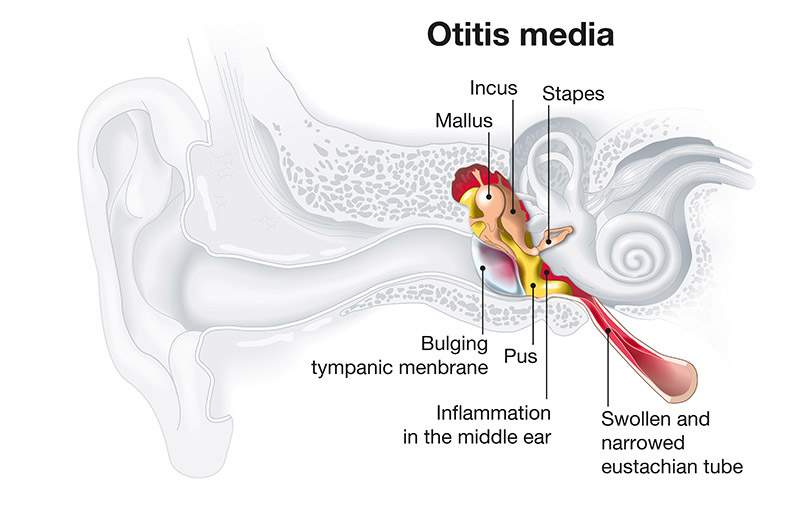
Ear Infections
Many people experience an ear infection at some point in their lives. These infections can cause severe issues like deafness, mastoiditis, and eardrum perforations if they don’t receive proper treatment. Dr. Hegarty performs a thorough examination of your ear, assesses your hearing, and makes recommendations on the types of medical treatments that will be most effective for your infection.
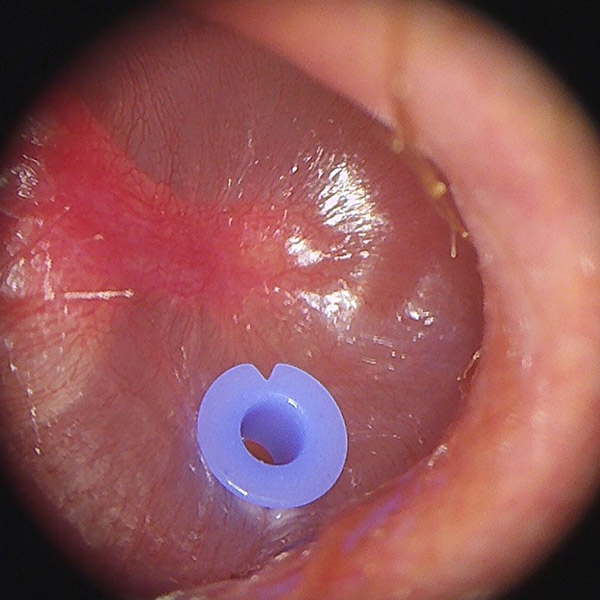
Myringotomy
Adults and older children can undergo comfortable ear tube insertion in the office. We make a small incision in the eardrum under a surgical microscope and place a tiny silicone tube in it to ventilate the middle ear. The effects of this procedure include improved hearing and ear pressure reduction.
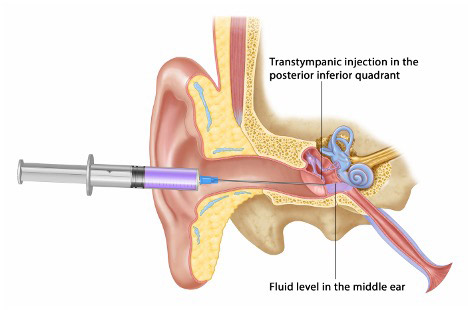
Transtympanic Treatment
Meniere’s Disease, sudden hearing loss, and many other inner ear conditions can be treated by placing steroids into the middle ear that the inner ear absorbs. This procedure is well-tolerated with few side effects, and we can perform it in-office.
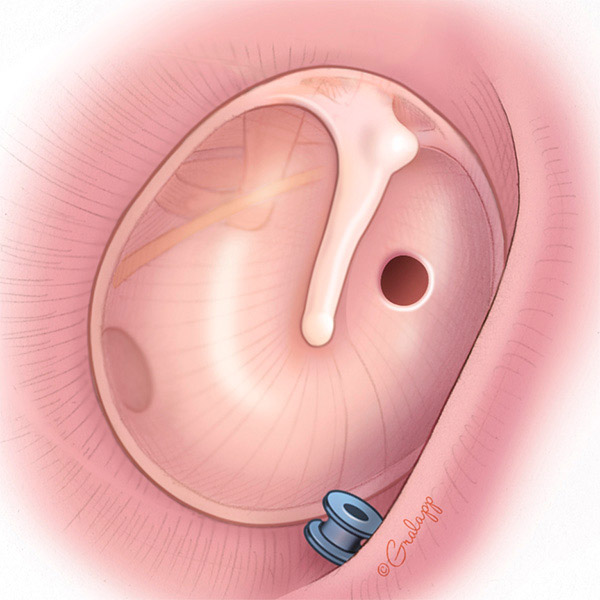
Eardrum Perforation
If patients have eardrum perforations, Dr. Hegarty can often treat them in the office. We can successfully repair larger perforations with surgery.

Sudden Hearing Loss
Noise exposure, inner ear disease, and infections are all possible causes of sudden hearing loss. However, Dr. Hegarty can often treat this urgent condition with a timely examination and diagnostic audiogram.
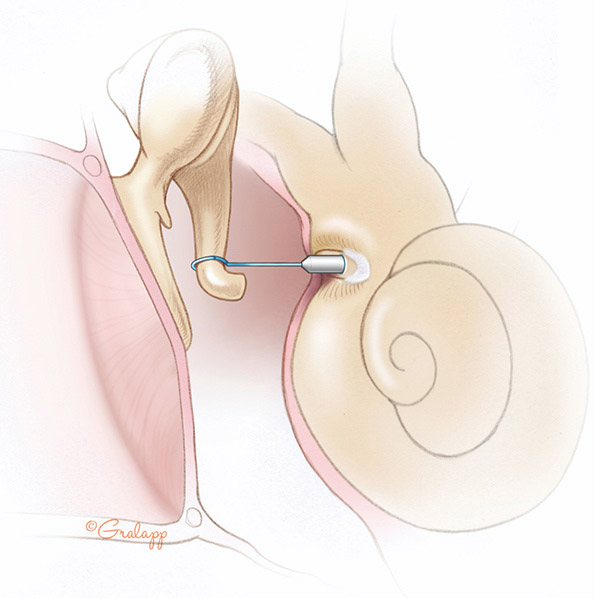
Otosclerosis
This condition is caused by calcium build-up in the stapes or third middle ear bone. Otosclerosis’s common symptoms include progressive hearing loss, ear ringing, and ear fullness. We may perform surgery through the ear canal to replace a patient’s frozen “stapes” bone, letting sounds re-enter the inner ear. The surgery is called Stapedotomy, and it is typically a very successful treatment to improve both hearing and ear-ringing volume.
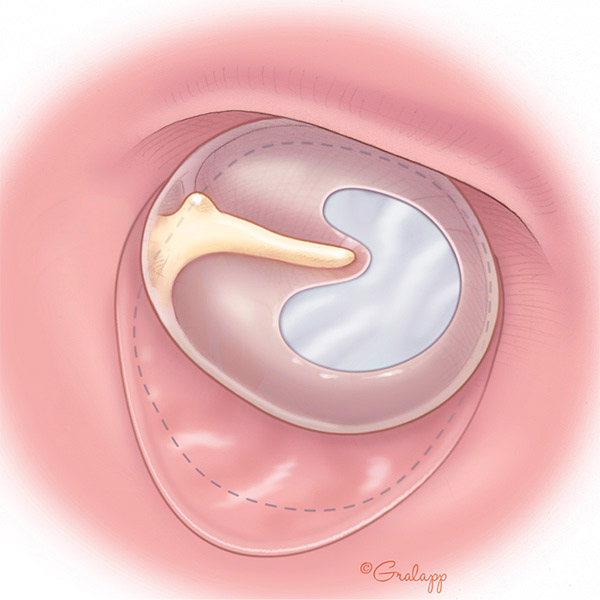
Tympanoplasty
Patients are at risk of ear infections and potentially significant hearing loss if they have a hole or perforation in their eardrum. We reconstruct the ear using a patient’s own tissue to repair the eardrum surgically during a tympanoplasty. Typically, this operation is very successful and restores a patient’s hearing and ear health.
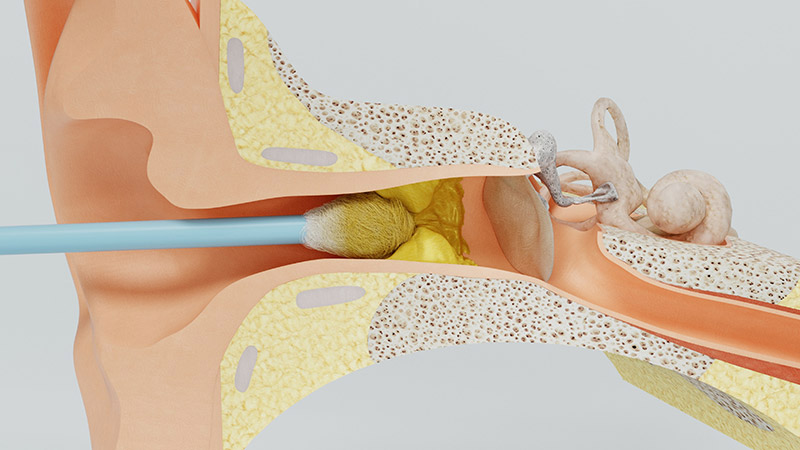
Cerumen
Cerumen, also known as ear wax, can cause pain, ear ringing, and hearing loss. Dr. Hegarty uses gentle suctioning during microscopic ear wax removal and reduces harm to a patient’s eardrum or ear canal. Using Q-tips is a common cause of cerumen impactions, and we recommend patients avoid using them.
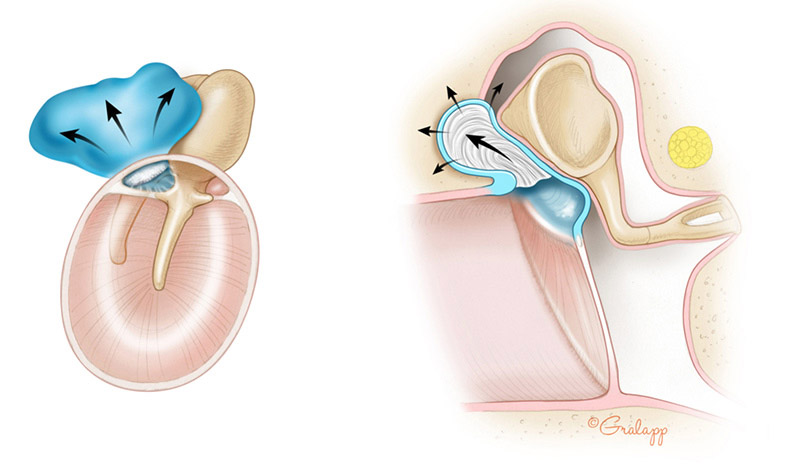
Cholesteatoma
When a piece of normal eardrum gets stuck underneath itself, this condition is known as cholesteatoma, causing drainage and infections. Patients who develop this condition often have a history of difficulty popping their ears or ear infections. In addition, cholesteatoma cause pain, ear ringing, drainage, dizziness, facial paralysis, continued hearing loss, and intracranial or brain complication if left untreated. Typically surgery is necessary to restore a patient’s hearing and ear health.
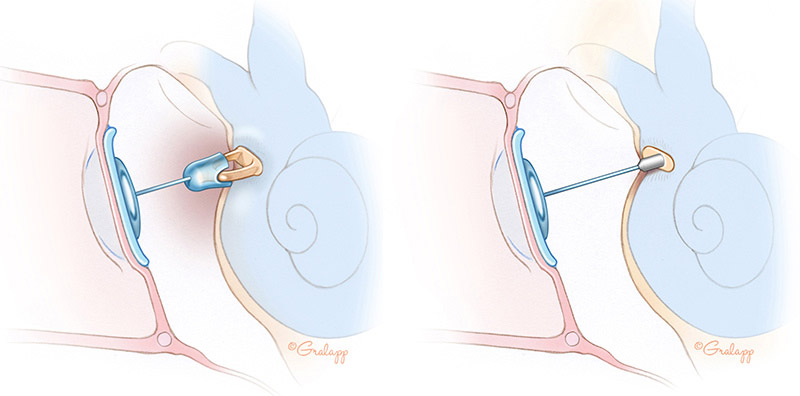
Ossiculoplasty
Performing an ossiculoplasty involves reconstructing the malleus, incus, and stapes, or middle ear bones. Cholesteatoma and other diseases of the ear can result in the dissolution of the middle ear bones. Fortunately, we can replace these bones with artificial titanium prostheses with surgery, usually giving patients very good hearing after they heal.
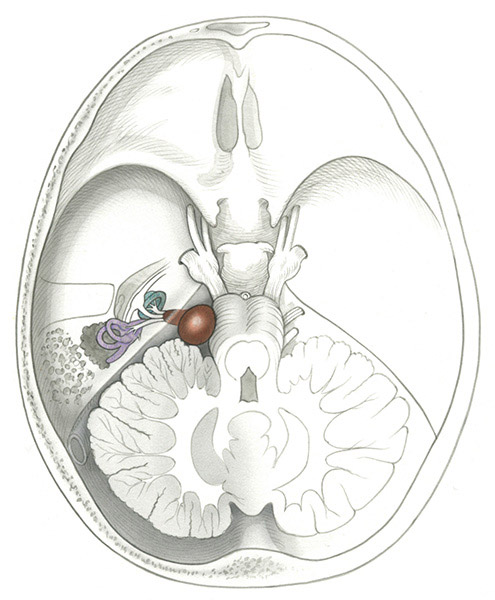
Acoustic Neuromas & Other Benign Skull Base Tumors
Dr. Hegarty manages benign inner ear and temporal bone tumors, such as meningiomas, acoustic neuromas, and paragangliomas. These tumors cause symptoms like dizziness, ear ringing, and hearing loss. We use options like serial imaging or no treatment, surgical removal, or radiation to treat these tumors.

Benign Paroxysmal Positional Vertigo
Benign Paroxysmal Positional Vertigo (BPPV) is a common condition that causes spinning vertigo. This type of vertigo is also known as “crystals in the ear,” and it frequently occurs in bed or when you roll over in bed. Patients have high success re-positioning these particles by performing a corrective head maneuver.
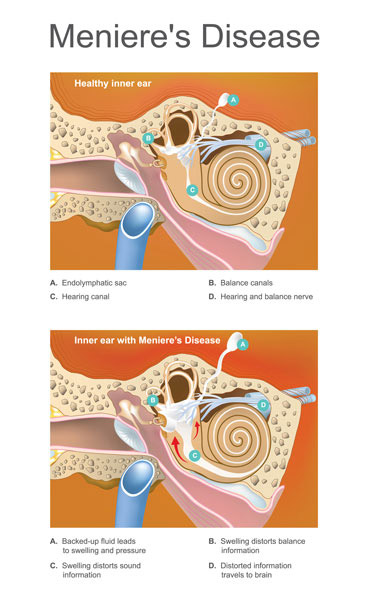
Meniere’s Disease
Meniere’s Disease is a disorder of the inner ear, causing fluctuating ear ringing or tinnitus, ear fullness, episodes of vertigo, and hearing loss. The cause is still unclear, but we know the condition involves too much inner ear fluid pressure, damaging the ear’s hearing and balance parts. The increased fluid pressure is like the eye condition Glaucoma. We can control this condition using medical and surgical treatments.
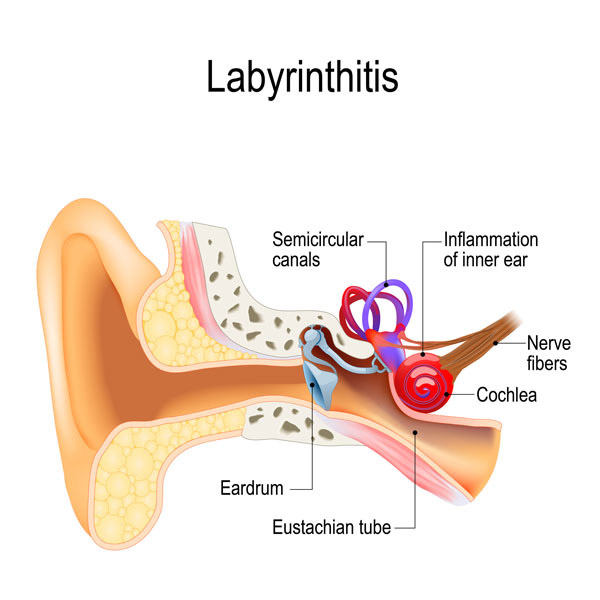
Labyrinthitis
This condition is also known as vestibular neuronitis or viral labyrinthitis, and it causes the most severe forms of vertigo. Vertigo is a feeling of motion even though you are aware you’re not moving. A virus entering the inner ear is thought to be a cause, damaging a patient’s balance sensory cells and nerve. The result is spinning vertigo, which takes days or weeks to improve. We can greatly improve this condition using vestibular rehabilitation therapy.
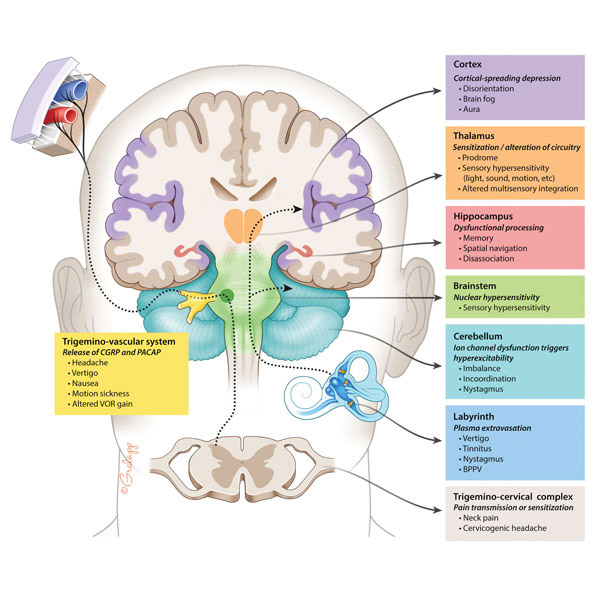
Vestibular Migraine
Vestibular migraines are a lot more common than people currently diagnose and treat. It is an intermittent condition not always seen in patients suffering from migraine headaches. We think of vestibular migraines as miniature seizure-like electrical activity in the brain’s balance center. Vertigo episodes make it difficult to distinguish from Meniere’s Disease. Some common symptoms of vestibular migraines include light or sound sensitivity, head pressure, brain fog, and tinnitus. We may treat this condition through supplements, medications, food restrictions, or vestibular rehabilitation therapy. Contact us to schedule an appointment.
Castle Rock Ear Associates
Address
4344 Woodlands Boulevard, Suite 240
Castle Rock, CO 80104
Phone: 720-408-9118
Fax: 720-547-9180
Email: contact@castlerockear.com
Hours of Operation
Monday: Closed
Tuesday: 8:00 AM – 5:00 PM
Wednesday: 8:00 AM – 5:00 PM
Thursday: Closed
Friday: 8:00 AM – 5:00 PM
